| Blog Icon | Blog Title | |
|---|---|---|
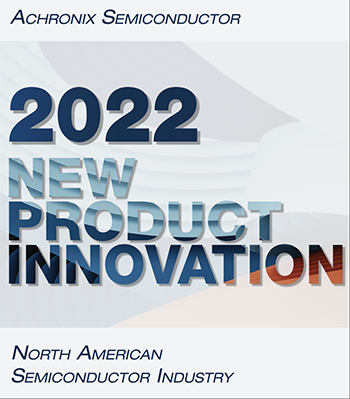
|
Frost & Sullivan Recognizes Achronix Technology with a 2022 Innovation Award– Alexandra Saavedra,Demand Generation ManagerThis year, our hard work and contributions to the industry have been recognized by Frost & Sullivan, who awarded us their 2022 North American New Product Innovation Award in the semiconductor industry for the second time since 2020. After a rigorous analytical process involving a detailed evaluation of each nominated company, Frost & Sullivan found Achronix to uniquely excel in many of the criteria in the semiconductor space. |
> |

|
Achronix Takes on Conversational AI– Achronix Staff,Sr Manager, Product Marketing and Business DevelopmentAchronix Speedster7t FPGAs, enabled by our two-dimensional network on chip (2D NoC) supplying 20 Tbps of bi-directional bandwidth, are uniquely positioned to provide the best performance possible for Conversational AI applications. |
> |
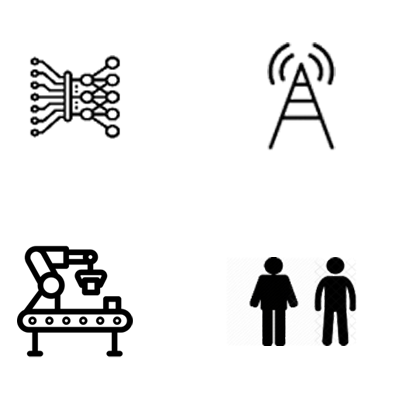
|
Achronix FPGAs Help Power Industry 4.0 and 5.0 Innovation– Achronix Staff,Sr Manager, Product Marketing and Business DevelopmentAchronix standalone and embedded FPGA IP combining GDDR6 memory, machine learning processors (MLPs) and the revolutionary two-dimensional network on chip (2D NoC) provide the ideal platform to power industry 4.0 and 5.0 innovation. |
> |
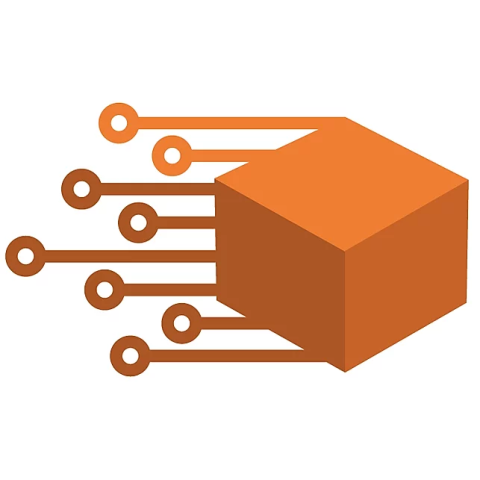
|
FPGA 2022 Conference: Top Four Takeaways– Raymond Nijssen and Michael Riepe,Vice President, Chief Technologist and Sr. Principal EngineerAchronix's Raymond Nijssen and Michael Riepe attended this year's virtual FPGA 22 Conference — an event predominantly focused on the use of FPGAs as data accelerators in AI, ML, genomics, and high-level synthesis. In this blog, Raymond and Michael provide their Top Four Takeaways from the Virtual FPGA 22 Conference. |
> |
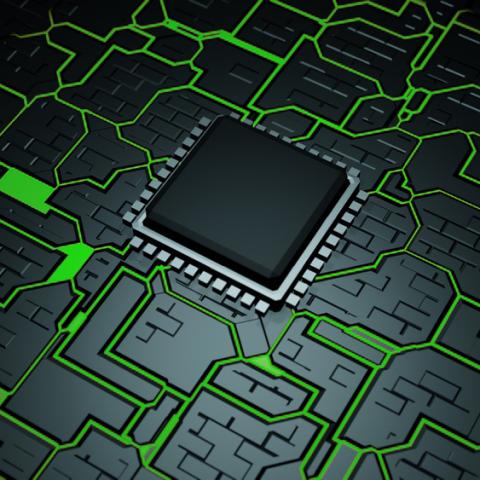
|
How to Select the Right eFPGA IP Technology Partner– Bob Siller,Director, Product MarketingAn eFPGA is a licensable FPGA IP core that can be embedded into a custom ASIC or SoC just like any other licensable silicon IP core. In evaluating eFPGA IP technology providers, it is important to look at critical factors to help determine if the solution is best for your application. |
> |
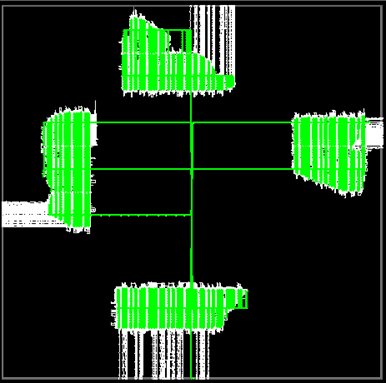
|
FPGAs Create the Optimal Data Accelerator– Achronix Staff,Sr Manager, Product Marketing and Business DevelopmentWith the programmability of a CPU or GPU and the speed of an ASIC, FPGAs offer the optimal efficiency of power and performance when flexibility is a requirement for compute, networking and storage acceleration use cases. |
> |
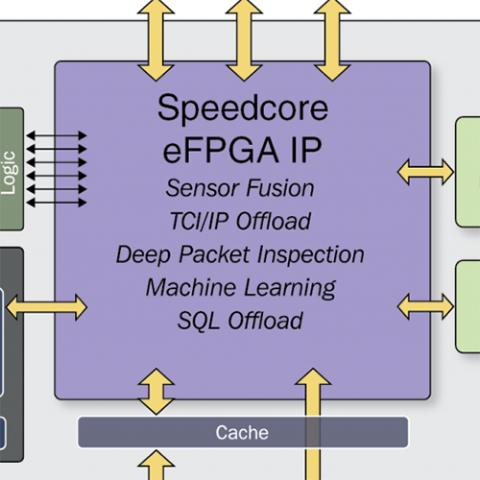
|
Benefits of Using FPGA and eFPGA IP in your Design– Bob Siller,Director, Product MarketingWhile FPGAs have been around for over 30 years, eFPGA IP is a relatively new technology that is now finding its way into high-volume applications. Modern eFPGA IP support the same 7nm process technology as high-performance standalone FPGAs. |
> |
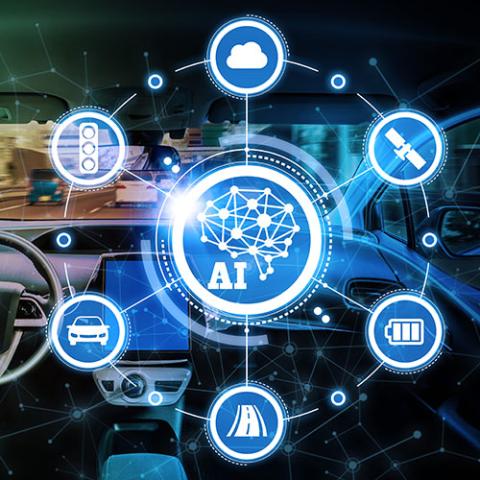
|
Embedded FPGAs for Next-Generation Automotive ASICs– Bob SIller,Sr. Marketing ManagerFor anyone who has looked at new cars lately, it's hard not to notice how quickly automotive electronics are advancing. Looking at automotive safety technology from just three years ago vs. today, you see a significant increase in the number of cameras to support applications such as surround-view display, driver distraction monitors, stereo vision cameras, forward-facing and multiple rearview cameras.Speedcore |
> |

|
Increase Performance Using an FPGA with 2D NoC– Huang Lun,Sr. Field Applications EngineerAchronix Speedster7t FPGAs feature a revolutionary new two-dimensional network on chip (NoC), which provides >20 Tbps ultra-high bandwidth connectivity to external high-speed interfaces and for routing data within the programmable logic fabric. The NoC is structured as a series of rows and columns spread across the Speedster7t FPGA fabric. Each row or column has two 256-bit data paths using industry standard AXI data format, which support 512 Gbps data rates. |
> |
